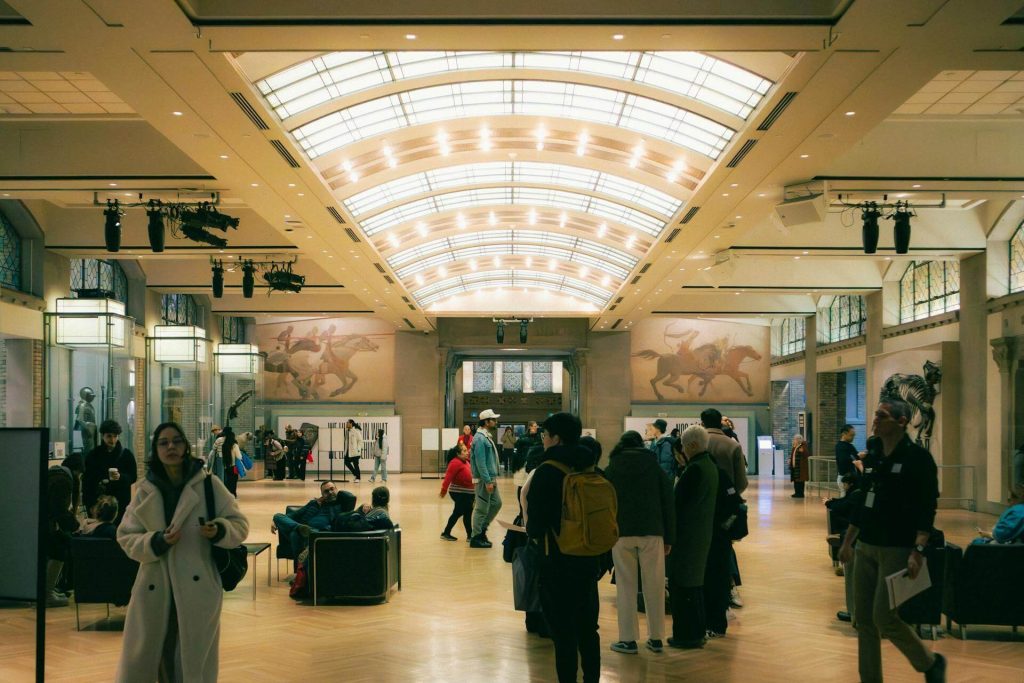Arts and culture are more than entertainment—they are the collective memory of humanity. Every brushstroke, melody, or performance carries echoes of history while shaping new ways of seeing the world. From cave paintings to contemporary digital installations, creative expression reflects the hopes, struggles, and values of societies across centuries. It is through these forms that communities preserve their identity and pass stories to the next generation.

How Culture Shapes Communities
Beyond individual expression, arts and culture act as glue that binds communities together. A mural on a neighborhood wall, a theater festival in the city square, or a music performance in a public park—all these experiences invite people to connect, share, and reflect. They transform ordinary places into spaces of belonging, where dialogue thrives and diverse voices are heard. By supporting cultural initiatives, societies cultivate inclusion, mutual respect, and a stronger sense of shared identity.
Arts as an Engine of Innovation
Far from being confined to tradition, the arts drive innovation. Creative practices encourage curiosity, experimentation, and the courage to question norms. Cultural institutions and artists often act as pioneers, exploring ideas that later influence science, technology, and social change. Think of how design has reshaped architecture, or how storytelling informs cinema and digital media. The intersection of art with technology has opened entirely new forms of creativity—from immersive virtual reality experiences to interactive installations that respond to human movement.
Economic and Social Value of Culture
Arts and culture also carry immense economic and social significance. Cultural tourism fuels local economies, museums and theaters create jobs, and festivals attract international visitors. But the benefits go deeper than numbers: exposure to art improves mental well-being, encourages empathy, and fosters lifelong learning. Cities that invest in cultural infrastructure often see thriving local businesses, safer public spaces, and more engaged citizens. In this way, culture is not a luxury—it’s an investment in the health and future of society.
A Vision for the Future of Arts & Culture
As the world becomes more connected, arts and culture will play an even more crucial role in shaping global understanding. They allow us to celebrate diversity while building bridges across borders. The challenge ahead lies in ensuring access: making sure everyone, regardless of background or income, can experience the transformative power of creativity. By nurturing artists, investing in public cultural spaces, and embracing innovation, societies can ensure that arts and culture continue to inspire, unite, and empower generations to come.
